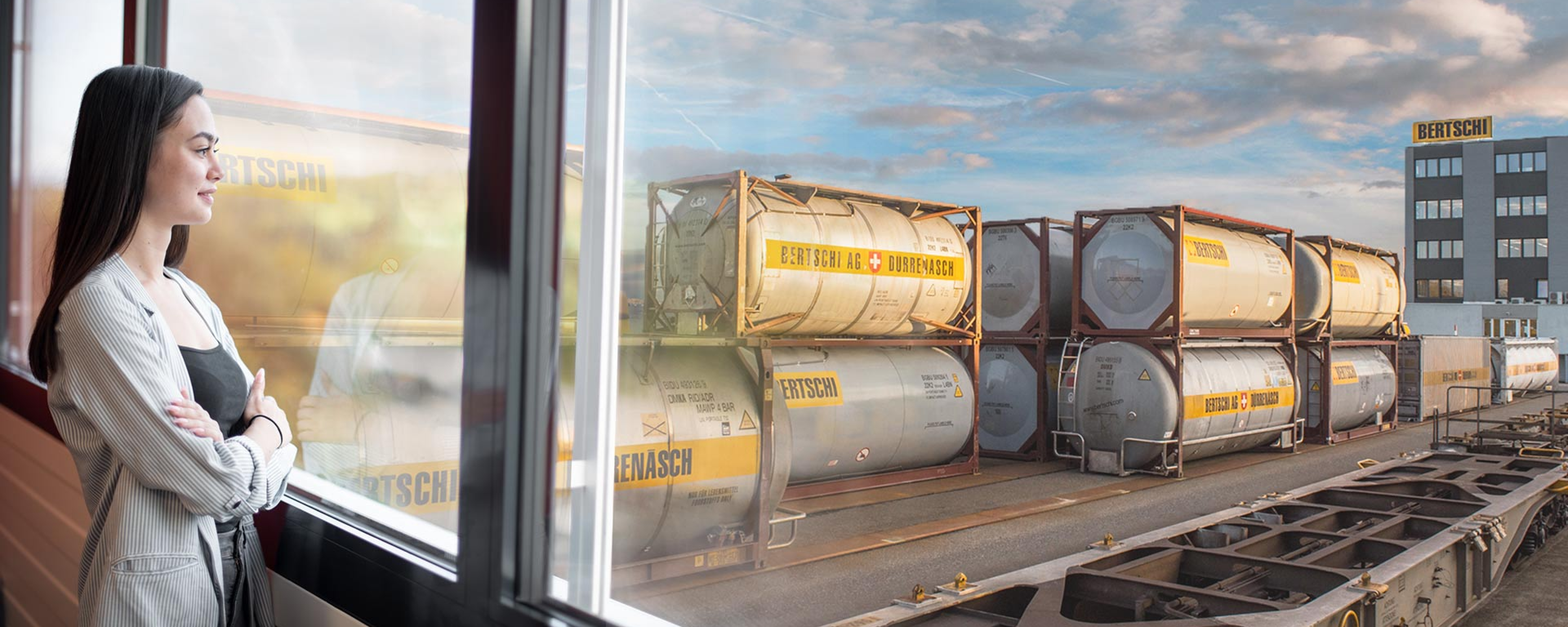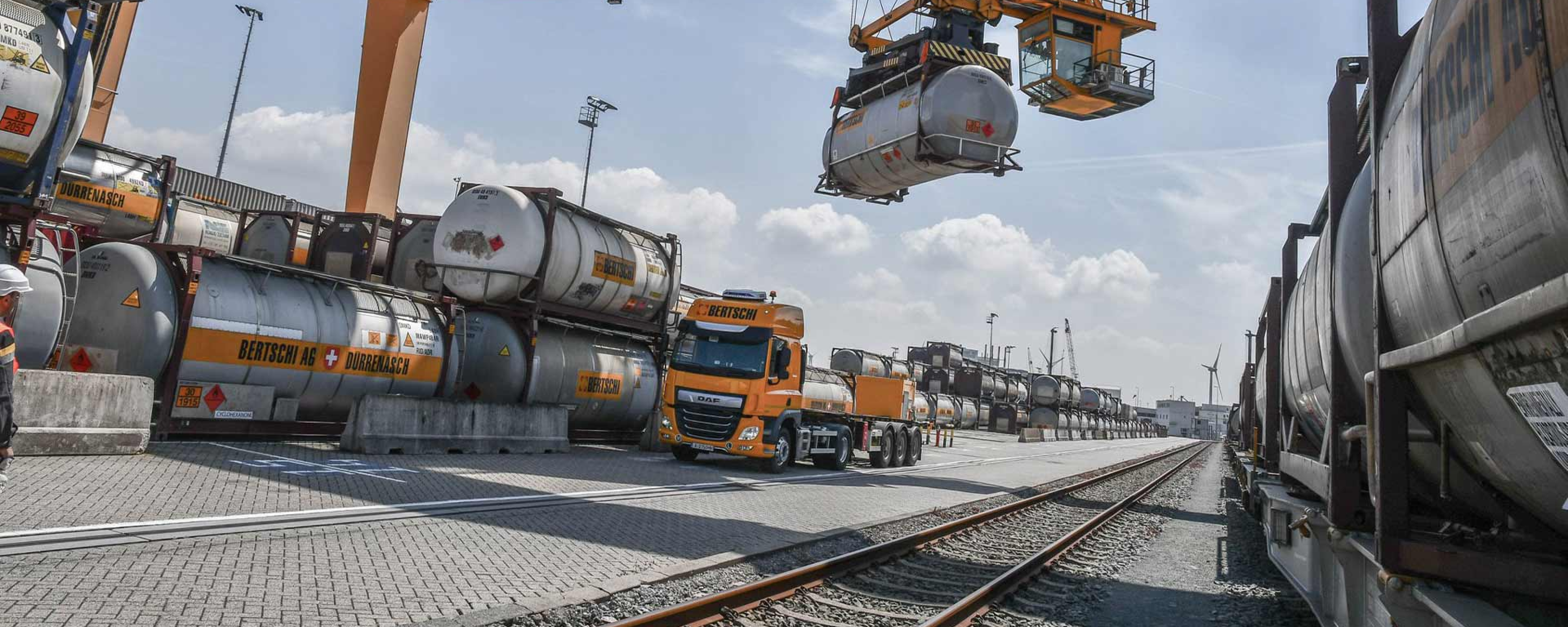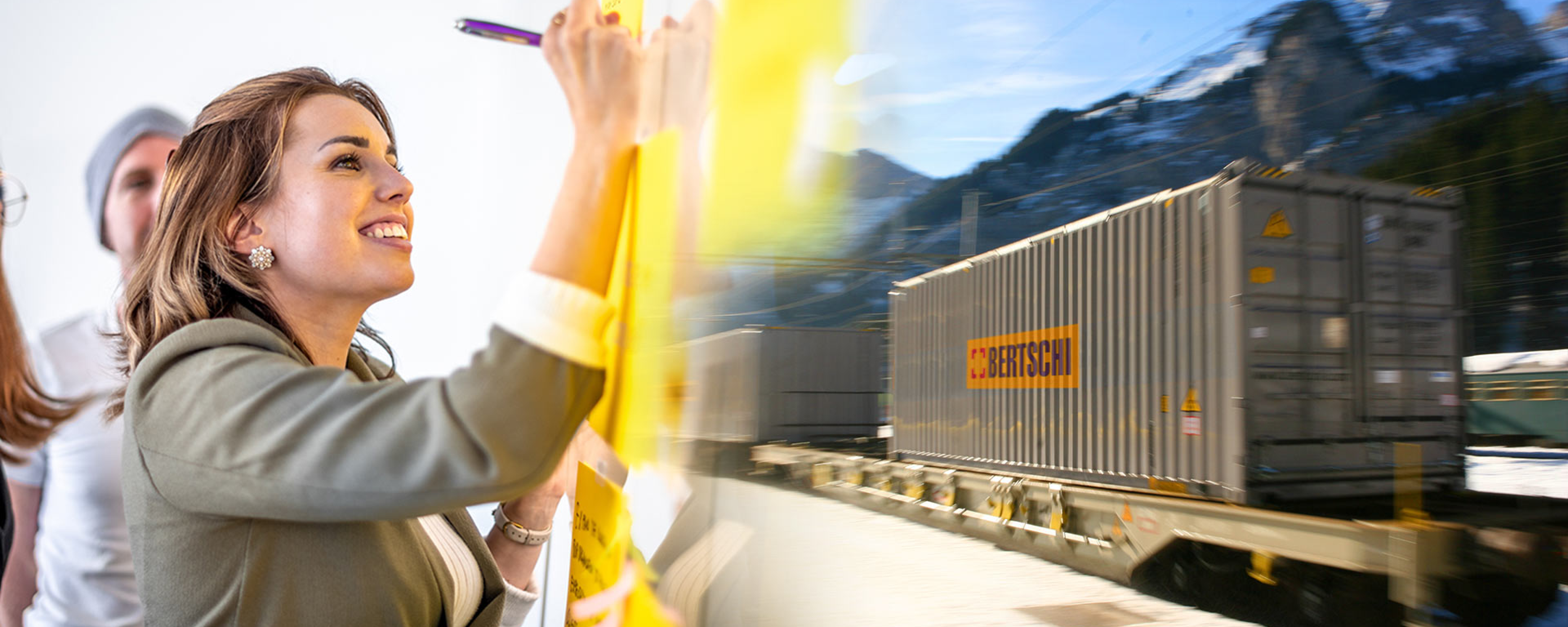Global Sea Freight: A Challenging Situation in times of COVID-19

The pandemic has sent shockwaves through global trade, and particularly so in global maritime freight.
The COVID-19 crisis created a challenging and uncertain 2020, which prompted the shipping industry to reduce its supply and leave many ships idle for an ambiguous time. It was projected then that maritime trade, including containerized trade, would experience a strong downturn.
However, even during this downturn, orders for certain goods increased. Triggered by the crisis, a surge in medical products such as masks came about, and overall production started to pick up again as early at the second half of 2020, particularly in China. With the various world-wide lockdowns, shutdowns, and work-from-home regulations, the demand for items for home use, such as electronic commerce, rose everywhere. Most of these products were ordered primarily through online channels in China due to store closures.

Many containers and tanks find space on a ship only at a late stage, if at all. With this constellation of high demand and limited supply, prices are rising, sometimes to astronomical heights. The phenomenon is caused, on the one hand, by customers that in certain cases are prepared to pay almost any price to get their container on board a ship, and on the other hand by the shipping companies and their pricing strategies.
Shipping companies responded, and began ramping up their reduced supply of ships again to bring as much capacity to the market as possible. But this sudden rise in demand was stronger than expected, and could not be met with a sufficient supply of shipping capacity. This led to an imbalance between supply and demand that continues to this day.
Bertschi Global is currently faced with precisely these challenges. We endeavour every day to procure enough places for Bertschi tanks on the ships. We attempt to mitigate the rising sea freight rates with global sea freight tenders and long-term rates. Given the present patterns, a look to the future indicates that it will most likely take several months before this disruption is absorbed across the maritime supply chain. Further easing is pending in certain sectors, and may lead to additional demand for materials. But we look forward to the system resuming smoother operations, and thank our employees for the dedication they have shown in working through these challenging times.







